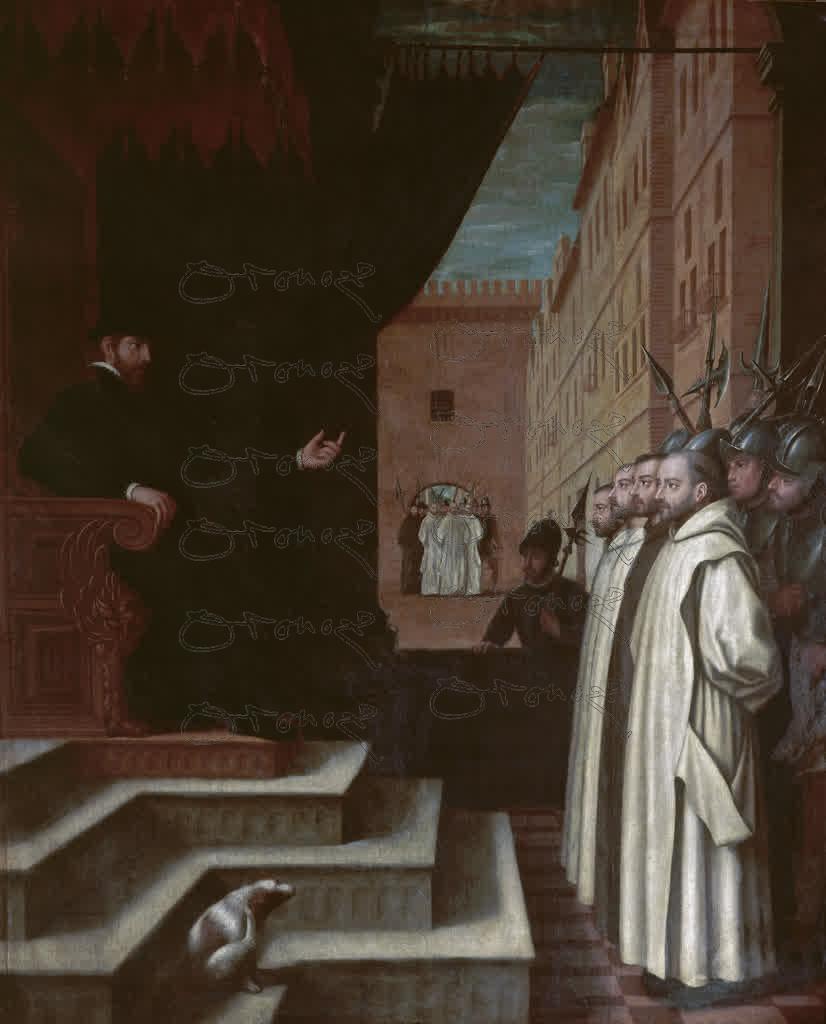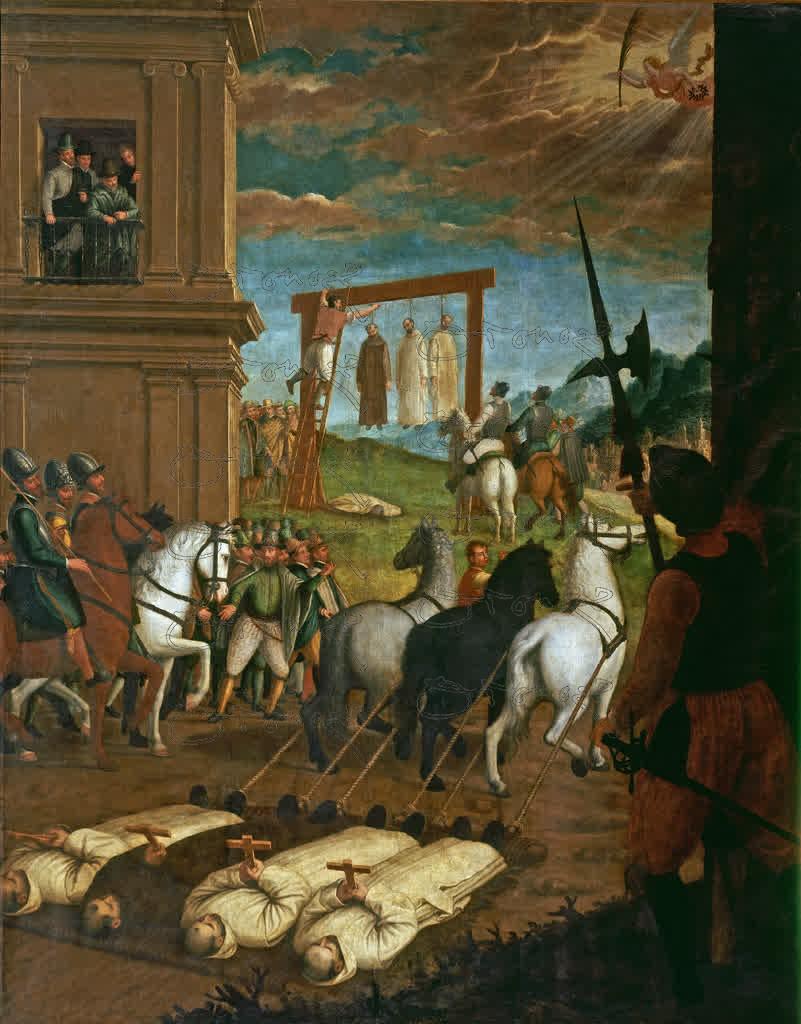El arte contemporáneo está en franca crisis o los comités que seleccionan las obras de una trienal lo hacen bajo los efectos de algún barbitúrico adulterado. El hecho es

que hay pocas cosas sorprendentes a la vez que refrescantes en esta
Triennale Yokohama 2011, ¿Cuánto podemos llegar a saber sobre el mundo? Demasiado márketing. Demasiados voladores de luces. Demasiado ruido y pocas nueces.
RUIDO: (1) El
teléfono de Yoko Ono no puede resultar más patético. Se trata de una cabina telefónica instalada en el interior del Museo de Arte de Yokohama (sede del evento), a la cual se accede pasando por un laberinto de paneles de acrílico transparentes. Se supone que el teléfono puede sonar en cualquier minuto y que una vez dentro se puede coger la llamada de Yoko, quien seguramente preguntará al interlocutor "John, ¿eres tú? ¿Estás ahí?" Pero todos sabemos que Yoko Ono no va a llamar porque ha acabado por entender que John Lennon está muerto hace bastante rato. Y lo que es peor, nosotros mismos sabemos que Yoko está muerta por vivir de las rentas de éxitos pasados. (2) Hirst, Araki, Magritte... No expongamos los fondos del museo provenientes de los bajos fondos. La mezcla de consagrados y aspirantes quita frescura a una muestra que debería ser un termómetro del arte. Aunque sepamos que el arte contemporáneo está herido de muerte.
POCAS NUECES: (1) La instalación de
Taro Izumi es memorable. Entramos en una sala en que distintos objetos cotidianos (por ejemplo: una pelota, un par de patines para el hielo, un casco de motociclista) están dispuestos sobre algunos cubos blancos.

En la sala contigua hay más de esos objetos, pero al fondo hay tres pantallas de televisión que proyectan cada una a un hombre que lleva una máscara de simio en la cabeza. En
off se oye que alguien manda que cambien de objeto. Los hombres mono cogen un objeto, lo ponen sobre la mesa. La voz en
off ordena que abracen el objeto. Los hombres mono hacen caso. Manipulan el objeto según las órdenes y eventualmente lo cambian. Lo interesante es que la orden solo tiene sentido para el mono de la pantalla del centro. Para el resto, la orden simplemente resulta ridícula e improcedente, pese a los intentos del supuesto primate por cumplirla. Por ejemplo, se entiende que a un mono que sostiene un muñeco de un perro se le diga que le toque la cola, pero no así para el mono que sostiene una botella de Coca-Cola: una botella tiene culo, pero no cola. Es decir, la orden solo se ajusta al objeto de uno de los monos, con lo cual se demuestra que por muy elástico, abstracto y

recursivo que sea el lenguaje, por muy algorítmica que sea su sintaxis, su desarrollo responde a un contexto en cuestión. El desarrollo del lenguaje parte de la semántica, de la acción significadora. La instalación de Taro Izumi (Nara, 1976)
Fishing and bone setter [Pesca y huesero] me recuerda el artículo casi fundacional de la
lingüística funcional de M.A.K. Halliday, en que el lingüista inglés analiza las características funcionales del desarrollo del lenguaje de los niños, las cuales parten con la manipulación de objetos, sea para acercarlos, alejarlos o para sonsacar verdaderas lecciones de los interlocutores adultos, en un viaje que va del gesto al signo pasando por el símbolo, hasta llegar al uso amplio, casi ilimitado de metáforas. Las máscaras de simio cumplen otro papel: el de poner al espectador-usuario de la instalación ante una especie de escena de laboratorio en el que se estudia el comportamiento e inteligencia de nuestros primos los primates, casi como si se tratara del
Origen del planeta de los simios.
(2) La segunda nuez de la muestra son las
Holy flowers [Flores sagradas] de
Mircea Cantor. Se trata de una serie de fotografías en blanco y negro que el artista rumano hace de un caleidoscopio de

gran tamaño en el que pone distintas piezas de armamento, desde el caño recortado de una ametralladora hasta la hoja de un cuchillo de combate. El resultado son verdaderas flores letales. Resulta una metáfora fascinante por lo contradictorio que es cosechar flores del mal de una manera tan explícita, pero a la vez hipnótica o sicodélica y sensual.











